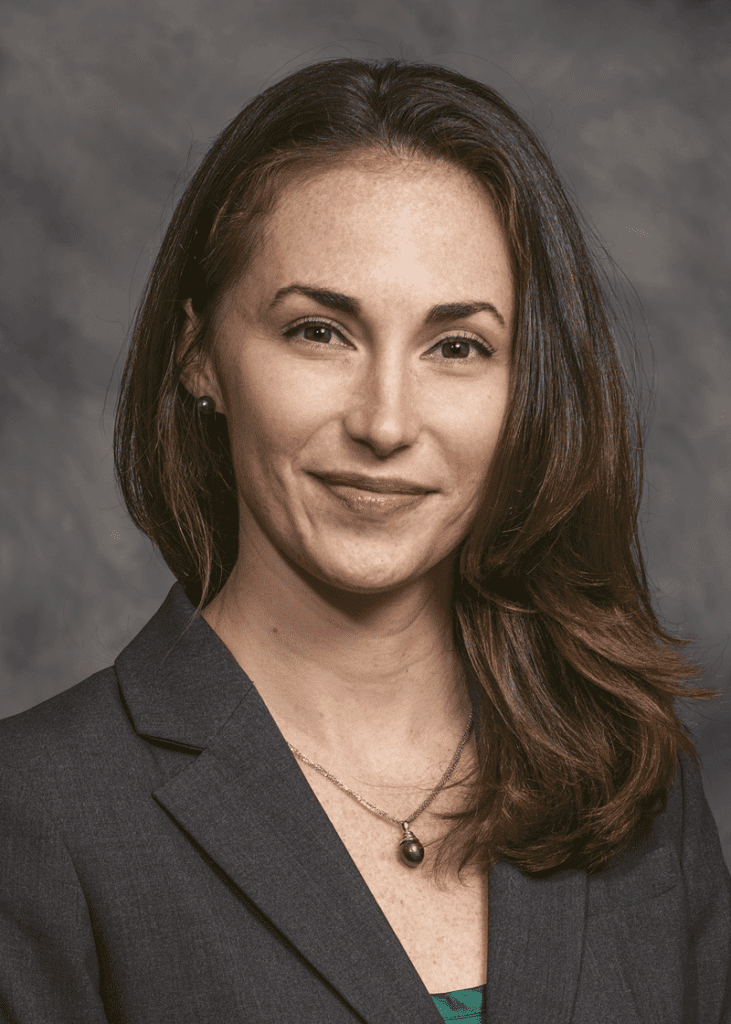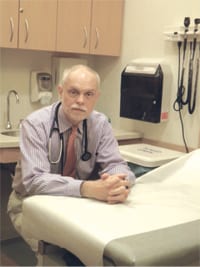Reducing the Lymphedema Risk – Baystate Offers Axillary Reverse Mapping for Surgery Patients
Baystate Medical Center recently announced it is the only hospital in Western Mass. to offer axillary reverse mapping (ARM) to breast-cancer surgery patients. The advanced procedure, introduced by breast surgeon Dr. Danielle Lipoff and performed by Lipoff and her colleagues, offers breast surgeons a means to reduce the risk of lymphedema in their patients.
“ARM allows surgeons to perform a more focused procedure and take only the lymph nodes necessary,” Lipoff said.
Lymphedema, one of the side effects of breast cancer treatment, is an abnormal swelling that can develop most often in the arm, but also in the hand, chest, or back after the removal of lymph nodes from under the arm. It can occur days, months, or, for some patients, years after their treatment ends. The greatest risk is during the first three years after breast-cancer treatment. Lymphedema can cause weakness in the arm, aching, pain, and decreased flexibility, among other symptoms.
When breast surgeons want to assess whether or not there has been spread of cancer, an axillary sentinel node biopsy may be performed, during which some of the lymph nodes in the underarm are removed. The biopsy provides valuable information as to the spread of cancer cells and a patient’s prognosis, guiding to treatments for breast cancer such as radiation therapy and chemotherapy. The removal of any axillary lymph nodes puts patients at risk for the development of lymphedema. The risk is less than 4{06cf2b9696b159f874511d23dbc893eb1ac83014175ed30550cfff22781411e5} in patients having an axillary sentinel node biopsy, but increases to 15-30{06cf2b9696b159f874511d23dbc893eb1ac83014175ed30550cfff22781411e5} in those who require a full axillary node dissection, which is removal of 10 to 15 lymph nodes. This risk may also be compounded by the need to treat the lymph nodes with radiation depending on the extent of cancer spread.
Swelling occurs as a result of the disruption of the flow of lymph when vessels become blocked, preventing lymph fluid from leaving the area and instead collecting in the arm. Lymph is a relatively colorless fluid made up of infection-fighting white blood cells transported throughout the body’s lymphatic system.
“Although the need to perform an axillary node dissection has significantly decreased as we have gained a better understanding of the biology of breast cancer and the effectiveness of other treatments, its use has not been eliminated in select patients,” Lipoff said. “This has prompted efforts to determine if there is a way to reduce the risk of lymphedema.”
Lipoff was trained to perform the ARM technique during her breast-surgery fellowship at Grant Medical Center in Columbus, Ohio. Since arriving at Baystate Medical Center last September, she has been using this technique routinely for patients undergoing axillary dissection.
“This procedure is new in the treatment of breast cancer, and I wanted to give my patients the best care possible,” she said about bringing ARM to Baystate.
The goal of ARM is to help the surgeon avoid the lymph channels that drain fluid from the arm during the process of lymph-node removal. While in the operating room, a small amount of a blue dye is injected into the upper portion of the affected arm. The arm is then massaged gently for five minutes. The blue dye makes the arm lymphatics visible to the naked eye. This allows the surgeon to avoid the now-blue lymph channels, leaving the lymphatic drainage of the arm intact. By preserving these lymphatics, the risk of lymphedema is decreased.
While there is no cure for lymphedema, which can become a lifelong problem, it can be treated, Lipoff noted. Methods to treat lymphedema include the use of compression sleeves and massage therapy. With the use of ARM, Lipoff hopes to lower the rates of lymphedema, in keeping with the program’s mission of advancing the care of patients and improving quality of life.



Comments are closed.